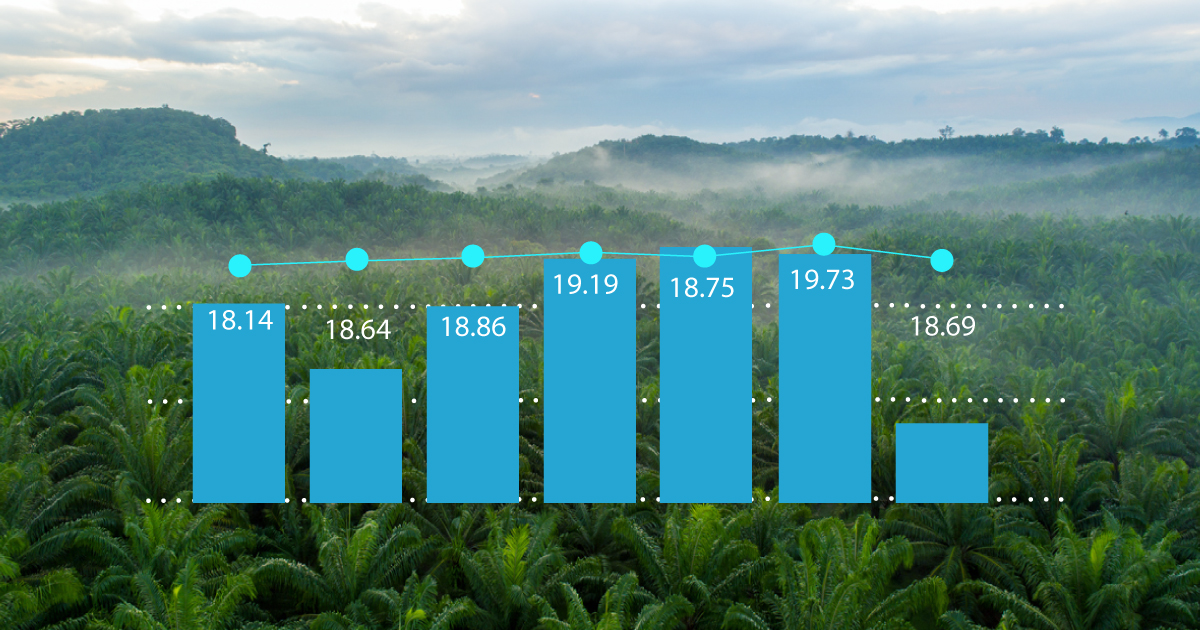How the Right Data Can Improve Agriculture Business

Posted on |
It is impossible to have no data in your daily operations. But having scattered and cluttered data would not be beneficial for your agriculture business.
Too Much Data, Too Little Time?
Paper-based data gathering is the current norm in agriculture. Transmission of data happens by passing information on paper, which is time consuming and at risk of data misplacement.
The slow process rate of exchanging data on paper could also lead to an overload of information. This will make it harder for relevant and important data to be quantifiable and to gather insights.
Data disorganisation due to paper-based management is a nightmare for staff and managers. However, these implications can be avoided if we practice automation of data collection and integration of data analytics.
It’s Not about Quantity
The importance of data is never about its quantity, but rather what we do with them. Plus, not all data is needed in decision making.
For instance, you are buying a new smartphone for yourself. The relevant data that would be vital in your decision making may include price, specification, and features of the different smartphone models.
To make it easier to decide, top smartphone websites provide comparison tools online. You can easily choose any models and compare the data that might be relevant for you.
This is how managing data through digitalisation can simplify your decision-making process.
Bridging the Gap
Now, imagine an even more sophisticated data analytics tool in the agriculture industry instead.
Bridging the gap between agriculture and data means getting the most out of your data. An estate can significantly improve its operation with an effective data mining process and a thorough data analytics application.
For instance, the current complicated norm of relaying information can be simplified. Data transfer can be done with just a single click and will be accessible immediately for everyone else to see.
Furthermore, a data analytics tool also produces fast insights around your expenditures, whereas creating manual monthly expenditure reports is time-consuming. Plus, it might be too late to act by the time you gathered all the data manually.
These are some examples why integrating data analytics or ERPs in your business model would be highly beneficial in the long run.
Industry-specific ERP vs Generic ERPs
Data analytics heavily involves the use of Enterprise Resource Planning or ERP software, which manages data and all day-to-day operations in one single system.
An ERP tool such as Quarto would be a great tool to take your agriculture business to a whole new level in data management. With an integrated system, users can access the relevant historical and real-time data of the business operation.
This would enable them to generate quick insights and trends, to forecast the future, or even to discover certain data blind spots.
Quarto is an industry-specific cloud ERP that serves to make plantation management easier with integration of effective data management.
As a devoted software and service provider for the agriculture industry, LintraMax understands how important it is to have specific industry-related data readily available at the palm of your hand. That is why we maintain a diligent approach in tackling the gap of agriculture and data with constant research and updates.
As a result, users can access and manage data around their day-to-day operations instantly, which might not be possible with generic ERPs.
If you’re interested to discover how you can bridge the gap between your plantation and data, let’s have a chat!